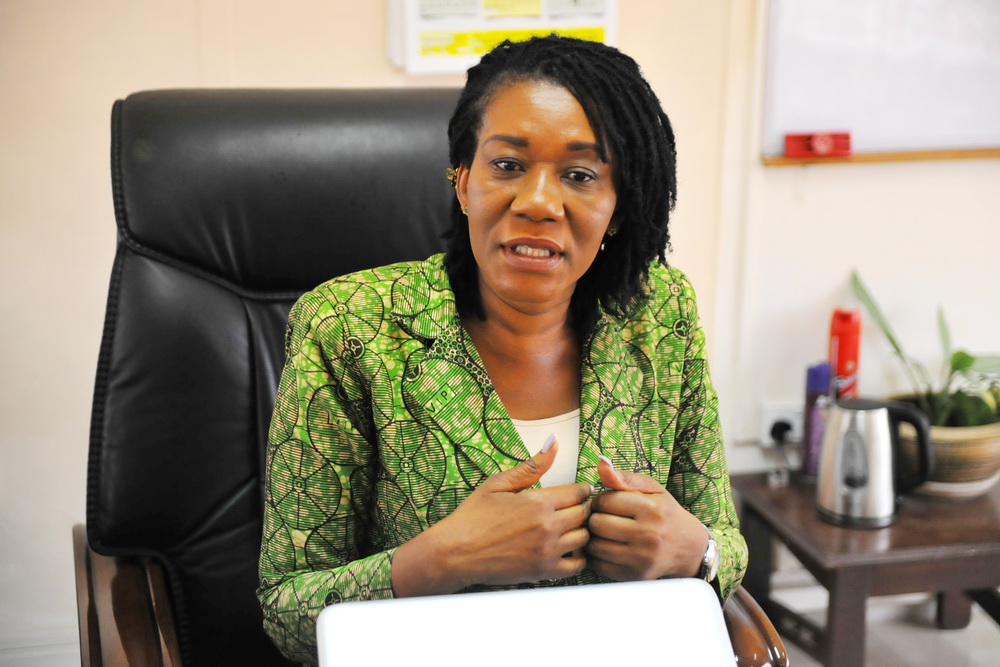The National Population Council (NPC) has stated that contrary to misinformation attributed to it, the council is advocating a fewer number of children per couple, based on the target set in the National Population Policy.
It, therefore, refuted the allegation that the NPC was proposing the development of a policy that would restrict the number of children a woman could have to three.
It explained that the council was advocating the strict implementation of the existing National Population Policy to help control the current abnormal population and fertility growth rate to enhance national development and ensure quality living.
Speaking to the Daily Graphic in Accra on Wednesday, the Executive Director of the NPC, Dr Leticia Adelaide Appiah, further explained that the target had been set in the 1994 National Population Policy for a total fertility rate (TFR) of 3.0 by 2020.
Section 4.4.1 of the policy targets to reduce the TFR, that is, the number of children a woman is likely to have during her reproductive years, from 5.5 to 5.0 by 2000, 4.0 by 2010 and 3.0 by 2020.
Why policy implementation
“Article 37 (4) of the 1992 Constitution enjoins the state to maintain a population policy consistent with the aspirations and development needs and objectives of Ghana,” she said.
Dr Appiah said the NPC’s push for the strict implementation of the population policy was because population management was a critical component of national development.
She said the structure and the number of a country’s population automatically determined the quality of life the people could achieve, as well as the level of development of that country.
She said studies had shown that with a limited number of children, an individual, a household, a community and the nation would have quality living and accelerated development.
Giving an overview of Ghana’s Population Policy Development, she said the 1969 Population Policy aimed at reducing the country’s then population growth rate of 2.4 per cent per annum between 1960 and 1970. to 1.7 per cent by 2000.
Currently, the country’s annual population growth rate is 2.5 per cent, which means it increases between 700,000 and 800,000 annually.
That, she said, was above the global growth rate of 1.5 per cent and described it as alarming.
The current population of Ghana as of Friday, August 18, 2017 was 28,730,991, based on the latest United Nations estimates.
{loadmodule mod_banners,Nativead1}
Targets
Dr Appiah, referring to the targets in the policy, said a target was a realistic estimate based on assumptions and could be achieved, under-achieved or over-achieved.
“The targets set in the policy (including the TFR) are based on data from relevant publications and documents (censuses and surveys) and in consultation with stakeholders,” she said.
NPC
The NPC has been advocating the importance of limiting and spacing births through family planning.
It uses, among others, advocacy tools such as the Resources for the Awareness of Population Impact on Development (RAPID) model to establish the linkages between population and development through family planning.

